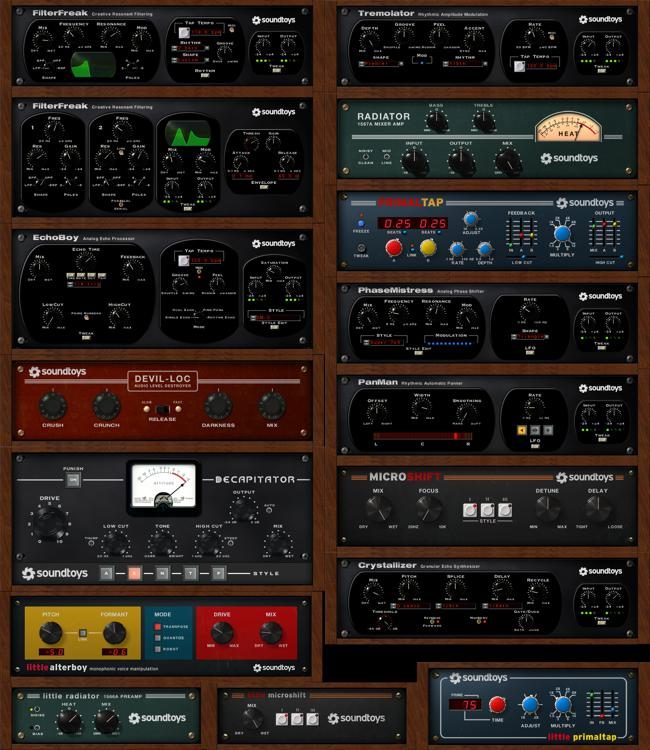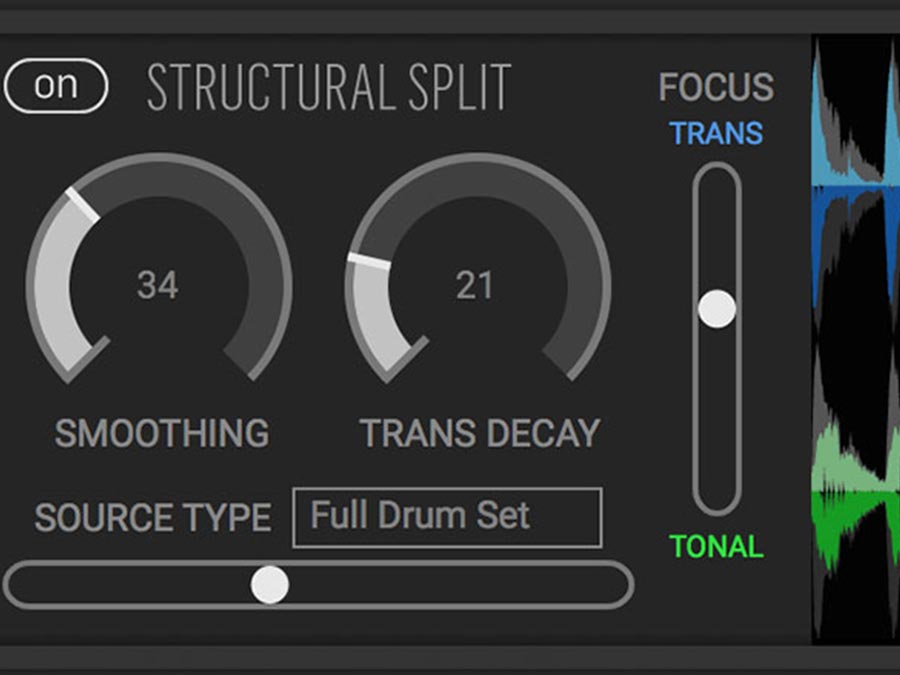It's that time of the year again (already, huh) when Soundtoys releases Little things that go a long way.
Based on classic EMT-140 plate reverb, Little Plate simplifies the control and made some tweaks to its sound taking it to the spaces not heard with original unit. They're truly fanatical about audio toys – both creating new ones and collecting old ones. Buy Soundtoys Plugins here at pluginboutique.com with confidence, read reviews and customer feedback about.
Available for free until November 22th is Little Plate, a plate reverb plugin based on the hefty EMT 140 plate reverb unit introduced in 1957 by Wilhelm Franz at Germany’s Elektro-Mess-Technik.
Best Plate Reverb ever Made
Even in 2017, the EMT 140 is still regarded as the best plate reverb ever made.
A few fun facts I came across today while digging for more information about this mythical verb machine:
The real thing still costs thousands (dollars, euros) today, if you manage to find one in reasonable condition.
There was an EMT 140 Plate Reverb for sale on reverb.com a few years ago for around 5000 Euros. I'm not sure whether it was actually sold or not.
The EMT 140 weighs hundreds of pounds, it's about the size of an upright piano without the keys.
It takes at least three people to carry and at least one chiropractor to realign their joints afterwards.
The EMT 140 was virtually the only reverb that was used on Pink Floyd’s 'Dark Side of the Moon.'
Speaking of vibrating plates… In 1957, the year the EMT 140 plate was introduced, San Francisco got all shook up by an earthquake also known as the Daly City earthquake, on March 22nd. That's the same day Elvis’ “All Shook Up” was released as a single. Coincidence? I think not! ;)

Tons of Plates
Double hat tip to Soundtoys for making such a tasteful 32-second teaser for a new product.
You'd almost think wish something bigger is coming up. 'Revenge of the Plate Verbs' on Netflix, anyone?
The sounds are headphone-worthy:
To develop this plugin, Soundtoys obsessively collected five real EMT 140 units from around the United States, put them in the labs in Burlington, a city in northwestern Vermont, USA (best known for ski resorts, IBM employees, maple syrup, and Ben & Jerry's ice cream.)
After potentially breaking the bank, dislocating a few vertebrae, cleaning, tuning, testing, and coding, they ultimately ported the classic EMT 140 sound over to the digital realm.
In other words: tons of plate reverb (a single EMT 140 weighs 600 pounds) are now available in a Soundtoys plugin that weighs and costs nothing.

Little Plate will set you back $99 after November 22nd though.
:)
Plugin Interface & Features
Meeting the needs of those of us tinkering daily with today's DAW's, Soundtoys too added a few useful features to the plugin that were not available on the original EMT 140 hardware unit:
Compared to the EMT 140's limited reverb decay time of around 6 seconds or so, Little Plate offers a broader range of reverb decay times, from half a second up to infinity - so that you can use it both for short ambience reverb effects and frozen reverbs. Check out the product page for audio examples.
Use the Modulation switch to subtly modulate the reverb's tail for a thicker sound on vocals, keys, guitars, and other instruments. Check out the product page for some examples.
Use the Low-Cut Filter to remove the build-up of low frequencies in the reverb to keep your mix clean and modern. The filter goes all the way to 20 kHz. That should be useful if you're into using plate verb on percussion.
Plate Reverb Tips & Tricks
In all fairness, you can't say 'EMT 140 plugin' without mentioning other third-party plugin developers, two of them being Universal Audio and Waves.
UA published an excellent page covering how and when to use plate reverb back in the summer of 2011.
The tips are still valid today.
To get you going, this quote:
Another cool option would be to use DAW automation to gradually increase the reverb level on the strings — often called a “reverb build” — in order to create a heightened sense of drama as the piece develops. This would be impossible to do with the hardware because of the mechanical noise, but with the plug-in version, continuous automation of decay time works perfectly.
More tips to be found in the full article, here:
The Abbey Road Reverb Technique
You can't say 'EMT 140' without mentioning the Abbey Road Reverb Technique either.
As plate reverbs are still widely used today, mostly on vocals I presume, you may want to learn more about this mix engineering trick if you haven't already.
Put simply, the Abbey Road Reverb trick involves rolling off everything below 600Hz and above 10kHz by using high- and low-pass filters placed before the reverb.
As demonstrated by mix engineer Dave Pensado in this video (there's a big bonus tip about 9 minutes in: watch Dave use a little tube saturation for extra plate lushness, it's subtle but brilliant):
Vst Plugin Little Plate Collector
Download & Plugin Formats
Vst Plugin Little Plate Maker
Download Little Plate here.
Be patient, Soundtoys' servers have been awfully busy as of this morning.
Free Vst Plugins Download Windows 10
To use Little Plate, you'll need a free iLok account, which you can get here.
If you're already an owner of the Soundtoys 5 bundle like me, note that a license for Little Plate has already been deposited in your iLok account.
If the new version 4 of the iLok License Manager software is giving you major BS, don't panic, take a few minutes to read this:
Little Plate comes in the AAX Native, AAX AudioSuite, VST, and Audio Units plugin formats, both 32 and 64-bit.
Have fun with your new soundtoy!